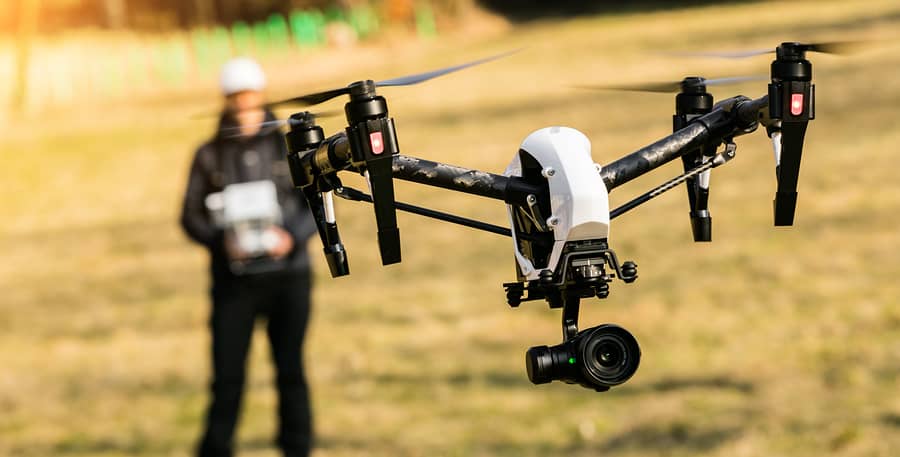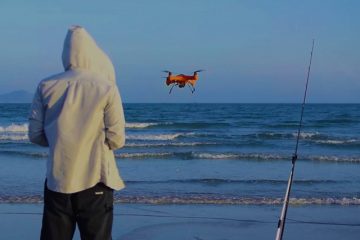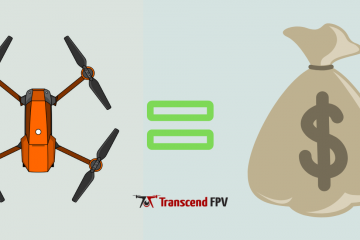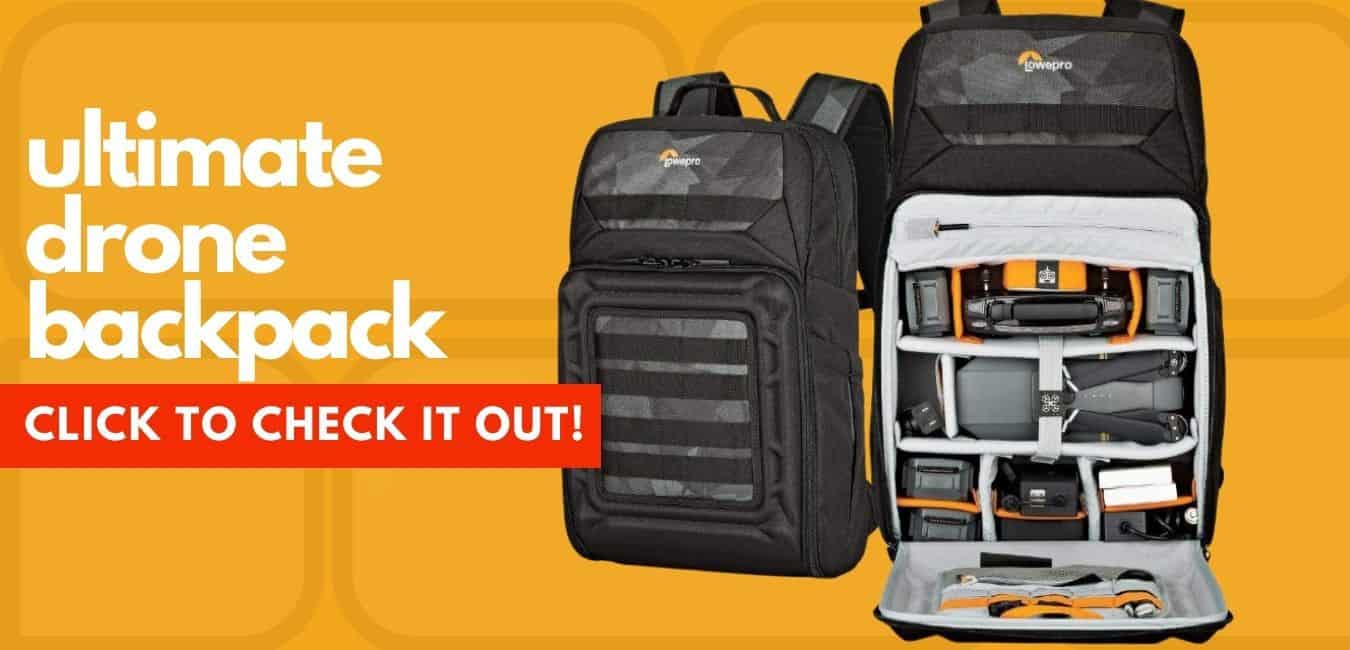TranscendFPV is a reader supported product and review site. Clicking on links to learn more, or buy products, may earn us money, and support our work. Learn more about the history of TranscendFPV and our passion on our About page.
Drones are so much fun and always a good time. Big military drones have been in the news for a very long time but drones for hobbyists have become a reality only in the last few years.

Drones used to be expensive, but these days, you can get your hands on a good quality, unmanned aerial vehicle at an affordable price.
It used to be that drones were targeted at hobbyists but over the years, the industry has started catering to professionals such as land surveyors, aerial videographers, realtors, construction managers, wildlife trackers and others.
This has led to an avalanche of models as there is a new launch almost every other week. But it has made it more challenging for drone hobbyists to choose the right model for their specific requirements. This short guide is focused on helping you choose hobby drones that are available at the right price and allow you to ease into the world of drones.
One of the most amazing things about drones is that you don’t always have to rely on a company to buy one. It is not that difficult to build a drone for yourself. There are DIY kits available in the market allowing you to build and calibrate a drone that is ready to fly in less than 60 minutes.
Keep in mind that you won’t be saving too much money when you decide to build one on your own as compared to buying a ready to fly drone. If you want to build one, do it for the knowledge and experience and not to save money.
The other option is to buy a ready-to-fly drone that will make it very easy for you to get started. Needless to say, you will need to learn quite a few things but it will be fun and, as you get more involved, you will also make a lot of friends in the drone community.
Drones are available in many different types but as a hobbyist, it is recommended to stick to quadcopters. Quadcopters tend to be stable and reliable, especially for beginner to novice use. These have four motors capable of lifting a weight of about one to two pounds and you can maneuver them quite easily at low wind speeds.
The basics of all quadcopters remain the same. A quadcopter typically includes four motors, propeller blades, an accelerometer and gyroscope to determine the roll, yaw and pitch of the drone. These measurements are all used for adjusting the four motors to keep a drone hovering. A transmitter controller allows the pilot to move the drone around by RF communication.
While hobby level drones are fun to fly, they also have their shortcomings. For instance, these drones are typically of the lower cost variety, and have a battery life of around 10 minutes. You will need to invest in multiple batteries if you want to fly for longer time periods.
Also, most of these drones do not come with a three-axis stabilization system, which means you won’t get a stable video or images. These drones tend to be lightweight which is great for training but you won’t be able to control them with even a slight amount of wind.
Once you’re comfortable and have gained enough flight confidence to master the multi-rotors without using any of the smart features available in advanced drones, you are ready to invest in a more advanced system.
Do some research and spend some time in the online community to learn more about hobby drones and to find which one of the latest models is the right one for your needs.





